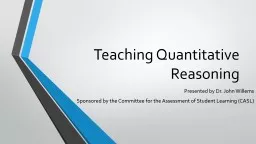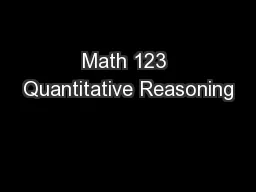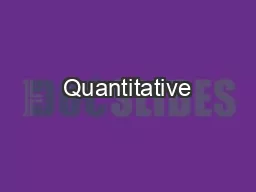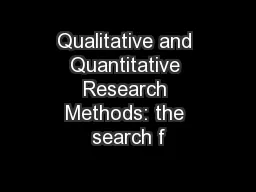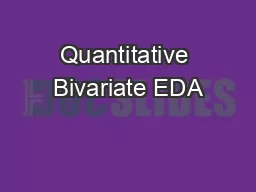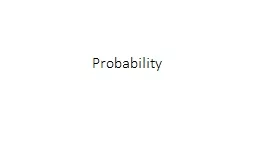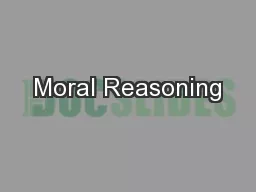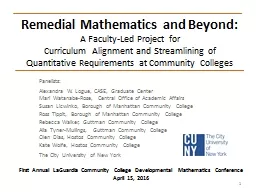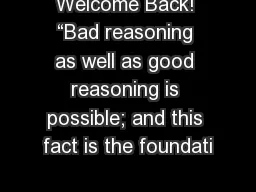PPT-Teaching Quantitative Reasoning
Author : spiderslipk | Published Date : 2020-06-16
Presented by Dr John Willems Sponsored by the Committee for the Assessment of Student Learning CASL How does EIU measure up CLA RESULTS Quantitative Reasoning
Presentation Embed Code
Download Presentation
Download Presentation The PPT/PDF document "Teaching Quantitative Reasoning" is the property of its rightful owner. Permission is granted to download and print the materials on this website for personal, non-commercial use only, and to display it on your personal computer provided you do not modify the materials and that you retain all copyright notices contained in the materials. By downloading content from our website, you accept the terms of this agreement.
Teaching Quantitative Reasoning: Transcript
Download Rules Of Document
"Teaching Quantitative Reasoning"The content belongs to its owner. You may download and print it for personal use, without modification, and keep all copyright notices. By downloading, you agree to these terms.
Related Documents

